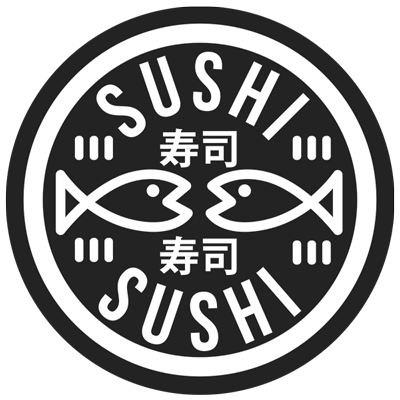Beginners Guide: Chopsticks
WHAT ARE CHOPSTICKS?
Put simply chopsticks are the eating utensil of choice in many Asian countries such as China, Korea, Vietnam Taiwan and Japan.
 HISTORY OF CHOPSTICKS
HISTORY OF CHOPSTICKS
It is thought chopsticks originated almost four thousand years ago in China, sometime before the Shang Dynasty. Although some sources put the date as early as nine thousand years ago before the Xia Dynasty. The oldest chopsticks found were 6 chopsticks that were made of bronze. They were around the same size as modern chopsticks at 26cm long and we discovered in ancient ruins in Henan province, China. They were dated at over three thousand years old.
It is thought, the first chopsticks were used for cooking and serving food instead of for eating with. It is that chopsticks started to be used for eating during the Han Dynasty around two thousand years ago by some and then into popular use during the Ming Dynasty around 700 years ago. The word chopsticks seems to have come from English seamen visiting China during trading around 300 years ago.
TYPES OF CHOPSTICKS THROUGHOUT THE WORLD
CHINA
The Chinese word for chopsticks is Kuaizi 筷子, The two Chinese symbols directly translating as quick bamboo (筷 quick 子 bamboo). It is though that the chop part of chipsticks originated from the quick symbol (筷) as in the Bristish phrase for quickly "chop-chop". Chinese chopsticks tend to be quite long at around 27cm. They can be made of many things but the most popular materials currently are either wood or bamboo for disposables and plastic and the hard wearing melamine with is best for restaurnat use as they can be diswashed many times without tarnishing.
JAPAN
the Japanese word is "Hashi" 箸 or Otemono おてもと. Otemono is often written on packs of disposable chopsticks in Japan. Broken down the word means "O" the honorable form, "Te" meaning hand and "mono" meaning the area under or around something. Cooking chopsticks are known as Saibashi (菜箸 or さいばし). When used for deep frying, the Japanese use 30-40cm long chopsticks known as "Riyoribashi. Japanese eating chopsticks tend to be shorter that Chinese ones at 23-24cm and are more pointy than there Chinese counterparts. They are often made of bamboo and then covered in a lacquer. They often have grooves on the end to help pick up more slippery food. It's not uncommon in Japan for women to use chopsticks that are slightly shorter still.

KOREA
in Korean they are known as Jeotgarak (젓가락). Traditionally they were made of bronze or silver, but more commonly today Korean chopsticks are made from stainles steel. The tend to have rectangular cross section and around 24-25cm in length.
VIETNAM
In Vientnam they are called đũa (𥮊). Vietnamese chopsticks are often bore blunt at the end than Japanese. There are also a special type of chopstick for serving rice known as đũa cà (𥮊奇) that are large and flat.
EUROPE
Europe has widely adopted the Chinese style of chopstick as well as, in some places, Japanese chopsticks. However, due to the most widely used cuttlery type being knife/fork/spoon special chopsticks have been developed for people who find the technique of holding and using chopsticks tricky. Children can use training chopsticks like "Cleverstix" to help them learn the correct way if they are not a native chopstick user.
HOW TO USE CHOPSTICKS
The first thing to remember is practice makes perfect. In Japan, it is good manners to use chopsticks. However, learning how to use chopsticks does take some practice. Here we have a few tips to familiarise you with the use of chopsticks. Go on give it a try!
1. Place both chopsticks in the "V" between your thumb and your index finger of your favoured hand.
2. Next close your hand loosely, so that the chopsticks are supported on top by your thumb. Your ring finger, middle finger and index finger should automatically close around the chop sticks. Rest the chopstick that points towards you on your ring finger. Support it by exerting a little pressure with the bottom part of the thumb. The other chopstick should rest softly on your middle finger. The index finger and tip of the thumb keep it in place. Only the top chopstick is moved by the index, middle finger and thumb to pick up small pieces of food like a pair of pincers.
IMPORTANT RULES FOR USING CHOPSTICKS
- Never stick your chopsticks in your food. Put the chopsticks on the edge of your bowl or table and point the tips left. Sticking chopsticks in the rice is associated with a burial ritual.
- Never use the chopsticks to skewer sushi or any food!
- Do not pass pieces of food from chopstick to chopstick. This is also associated with funerals.
- It is not polite to point at people with chopsticks or to wave them around in the air.
- After the meal, place the chopsticks in the position that you found them in.

 HISTORY OF CHOPSTICKS
HISTORY OF CHOPSTICKS

